It’s a question more people are asking than you might think—and for good reason. Whether you’re trying to protect your home, run a rental property, or just make sure everyone’s safe, the idea of installing a camera in a bathroom might sound like a simple solution. But in reality, it opens up serious legal and ethical problems. In most cases, it’s not just frowned upon—it’s flat-out illegal. This article breaks down exactly why bathroom cameras cross the legal line, what could happen if you install one, how to spot hidden cameras when you're the one being watched, and what safer, legal alternatives you can actually use. If you care about safety and privacy, this guide will show you how to protect both—without breaking the law.
Why Bathroom Cameras Are Illegal
Installing a camera in a bathroom doesn’t just break privacy laws—it breaks trust. In most states and countries, this kind of surveillance is strictly illegal. Bathrooms are considered private spaces where people have the highest expectation of privacy. That expectation doesn’t disappear just because you own the space or want to protect it.
Legally, this kind of monitoring can lead to both criminal charges and civil lawsuits. You could face penalties for unlawful surveillance, and the person being recorded could sue you for emotional distress and privacy violation. Even if you never intended harm, the law is clear: bathrooms are off-limits for cameras.
But the damage doesn’t stop at legal consequences. The emotional impact is just as serious. People feel betrayed, violated, and unsafe when they learn they’ve been recorded in such a personal setting. In many cases, relationships and reputations don’t recover.
Here’s how this often plays out:
At home: Family members may never trust you again if they find out they were being watched in a space they thought was private.
With tenants or roommates: Bathroom surveillance can destroy trust, lead to lawsuits, and even trigger local tenant rights violations.
In Airbnb or rental settings: You risk being banned from platforms and exposed publicly if a guest discovers a camera in a private area.
Privacy laws exist to protect people, but trust is something you have to earn—and once it's gone, it's nearly impossible to get back.
How to Identify Hidden Cameras in Bathrooms: 3 Practical Solutions
If you’re in a hotel, rental home, public restroom, or even visiting someone’s house and feel something is off, it’s worth checking for hidden cameras. These devices are getting smaller and harder to spot, but there are simple, effective ways to find them. Here are three methods you can use right now—no special tools required.
1. Scan the Room for Unusual Objects or Placement
Start by paying close attention to your surroundings. Look for anything that seems out of place or oddly positioned. Many hidden cameras are disguised as everyday items, so trust your gut if something feels strange.
Check these spots carefully:
① Air vents or smoke detectors that are oddly angled toward the toilet or shower
② Mirrors that look too thick or slightly off-colored (some fake mirrors have cameras behind them)
③ Power outlets or alarm clocks that don’t seem to belong in a bathroom
Use your phone flashlight to inspect these objects closely. Camera lenses often reflect light, so a quick sweep with a light source can help you spot a hidden lens.
2. Use Your Phone’s Camera to Detect Infrared Light
Most hidden cameras use infrared (IR) for night vision, and you can detect that using your phone. Here’s how:
Step 1: Turn off the bathroom lights so the room is dim or dark
Step 2: Open your phone’s camera (use the front-facing one if possible)
Step 3: Slowly scan the room while watching your screen
Step 4: Look for tiny purple or white lights glowing—those may be infrared emitters
You won't see these lights with the naked eye, but your phone can pick them up. If you see a small glowing dot in a strange location, investigate it further.
3. Try a Hidden Camera Detection App or Device
If you travel frequently or want extra peace of mind, consider downloading a hidden camera detector app. These apps scan for unusual Wi-Fi signals or electromagnetic fields that hidden devices may emit.
Some apps to try:
• Hidden Camera Detector
• Fing (for detecting unknown devices on a network)
For better accuracy, handheld RF detectors (available online) can sweep for wireless signals and help you pinpoint where a device is hiding. These are especially useful in short-term rentals or unfamiliar environments.
If you ever find something suspicious, don’t ignore it. Take photos or video, leave the space, and report it to the property owner or authorities right away. A few minutes of checking could protect you from serious privacy violations.
Safe Alternatives: How to Monitor Without Breaking the Law
Just because cameras don’t belong in bathrooms doesn’t mean you can’t keep your home or property secure. The key is knowing where cameras are legally allowed and how to use them responsibly. You can still protect your space, monitor activity, and give yourself peace of mind—without risking anyone’s privacy or breaking the law.
Here are safe, legal areas where cameras can be installed:
• Entryways and front doors: These are high-traffic areas where packages arrive, guests enter, and break-ins often occur. Installing a weatherproof outdoor camera for entry monitoring near your front door or garage gives you full visibility without violating anyone’s privacy.
• Hallways and shared indoor spaces: In homes with children, roommates, or caregivers, a discreet indoor camera for shared living areas placed in a hallway or common room can help you stay informed without overstepping boundaries.
• Driveways and backyards: These outdoor zones are also considered public-facing or shared spaces. Placing a camera here can deter trespassers and record activity near windows or gates while staying within legal limits.
• Common areas in rentals (with notice): If you’re a landlord or Airbnb host, surveillance in common areas may be allowed—but only if guests or tenants are properly informed ahead of time. Always disclose and document camera use clearly to stay compliant and respectful.
Keep in mind that visibility and transparency matter. Even in legal areas, avoid pointing cameras toward private rooms or spaces like bedrooms or bathrooms. If in doubt, ask: “Would I be okay being recorded here?”
Choosing the right camera and the right placement allows you to build a safe environment without damaging trust. It proves that privacy and protection don’t have to compete—they can work together.
How to Use Security Cameras Without Violating Privacy
Even if your cameras are legally placed, how you use them matters just as much. A poorly aimed camera or lack of communication can still make people feel watched—and in some cases, could still cross legal lines. To monitor responsibly, follow these real-world practices that prioritize both safety and privacy.
• Let people know you’re recording: Use signs or labels near entryways, especially in shared or rental spaces. Even if it’s legal, being upfront builds trust.
• Tell your household or staff: If you live with family, have a roommate, or hire cleaners, let them know where the cameras are and what they cover. This avoids unnecessary tension and keeps everyone informed.
• Avoid pointing cameras at private areas: Don't aim cameras at bedrooms, bathrooms, or into neighbors’ property. Stick to shared, common areas. If your device supports privacy masking, use it to block out sensitive zones from the recording.
• Set up motion zones: Many smart cameras allow you to define motion detection zones so only certain areas trigger alerts. This helps reduce irrelevant recordings while respecting personal space.
• Secure your footage: Keep recorded video protected with strong passwords or encryption. Never share clips publicly unless there's a legitimate reason.
The bottom line: privacy and security don’t have to compete. With a few thoughtful steps, you can use cameras to protect what matters—without making anyone feel watched where they shouldn’t be.
Final Thoughts
Installing a camera in a bathroom isn’t just a gray area—it’s a clear legal and ethical red line. No matter how well-intentioned, monitoring such a private space puts you at serious risk of breaking the law and damaging trust. But that doesn’t mean home security has to be compromised. With the right tools and thoughtful placement, you can monitor entrances, shared spaces, and outdoor areas in a way that protects your household and respects everyone’s boundaries. If you’re serious about both safety and privacy, now is the time to explore smarter, more responsible surveillance solutions that keep your home secure the right way.
FAQs
Is it illegal to put a security camera in your own bathroom?
Yes, in almost every case, it's illegal—even if it’s your own home. The law doesn’t just look at who owns the property; it looks at whether the people in that space have a reasonable expectation of privacy. And in bathrooms, that expectation is absolute. Whether it’s a family member, friend, or visitor, anyone using the bathroom has the right not to be watched or recorded. Courts typically don’t accept arguments based on “good intentions,” such as safety monitoring or preventing accidents. Even if the footage is never shared or viewed, just the act of recording can result in criminal charges or civil lawsuits.
Can landlords or Airbnb hosts legally install cameras in bathrooms?
Absolutely not. Landlords and short-term rental hosts are held to strict legal and ethical standards when it comes to tenant privacy. Installing a camera in a bathroom—hidden or not—is a serious violation of both privacy laws and most platform policies (including Airbnb’s). In fact, even placing cameras in common areas like kitchens or living rooms requires clear disclosure in writing. If a guest or tenant discovers a bathroom camera, the legal consequences could include fines, lawsuits, permanent platform bans, and public exposure. In many states, such actions are classified as unlawful surveillance or voyeurism, which can carry felony-level charges.
How can I protect my home without violating privacy laws?
The key is knowing where and how to install cameras legally. Focus on areas where there is no expectation of complete privacy: front doors, driveways, hallways, and shared living spaces. Avoid pointing cameras toward bedrooms, bathrooms, or windows that look into someone else’s property. Always let household members, guests, or tenants know where cameras are placed and why. Use cameras that offer privacy zones and motion detection settings, so you can monitor activity in relevant areas without over-recording. Following these practices not only keeps you legally compliant but also builds trust with the people in your space.






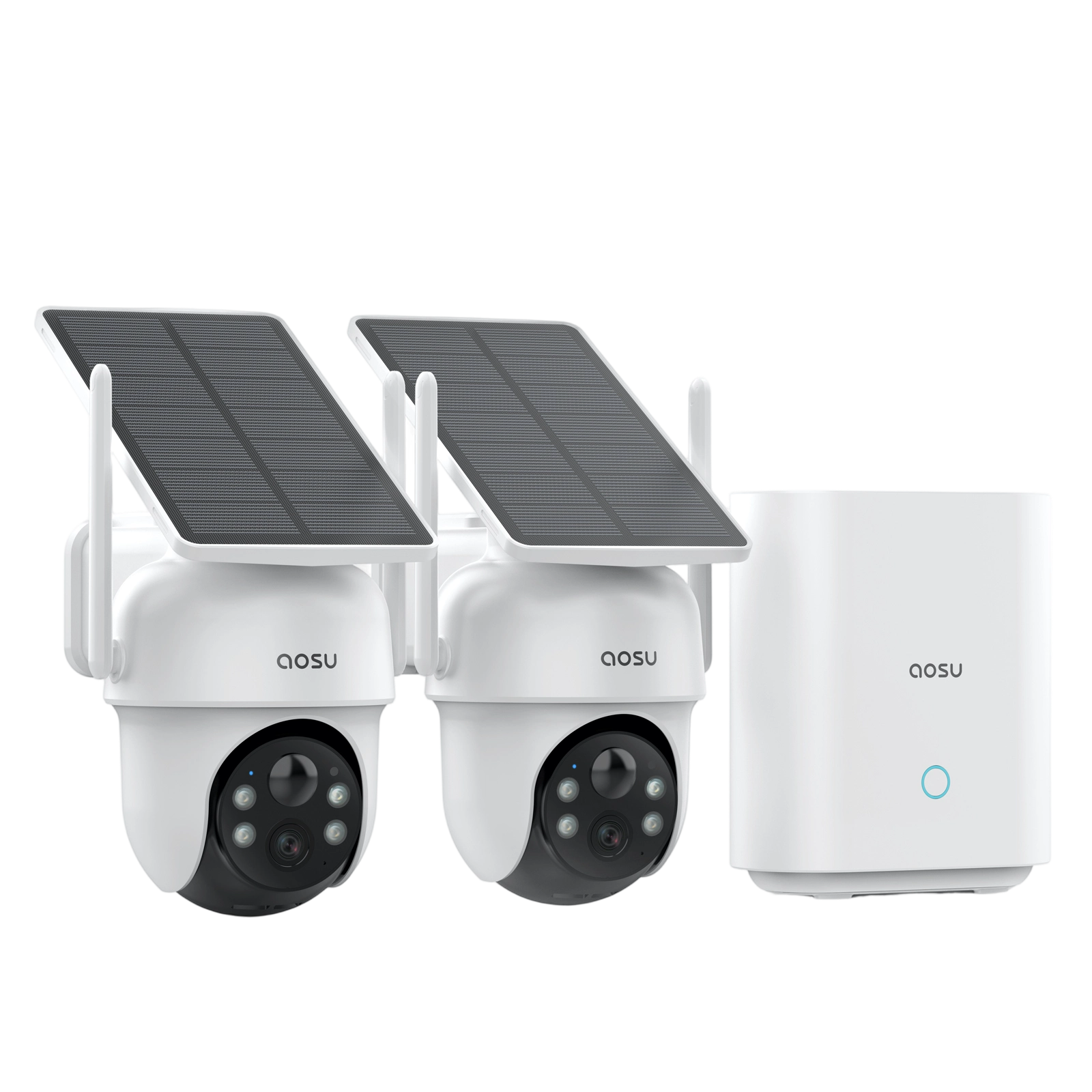
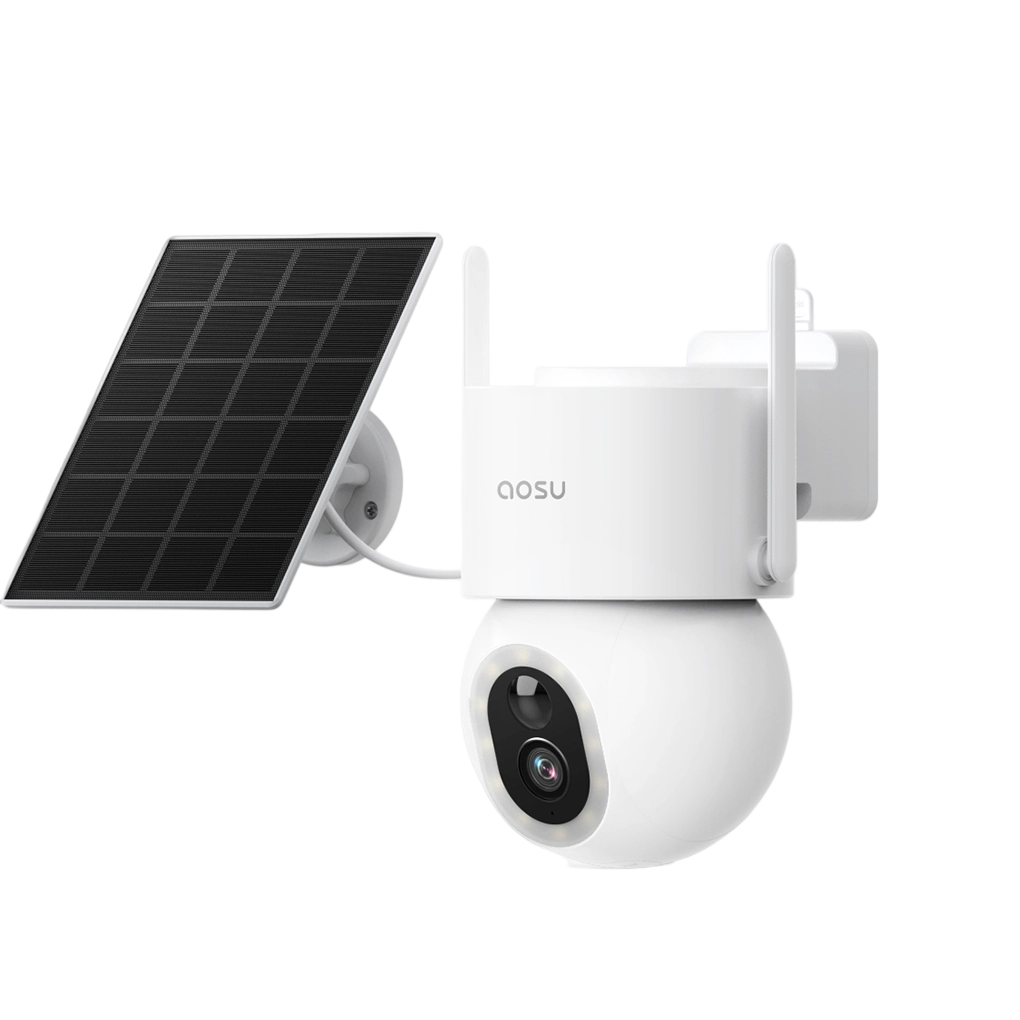
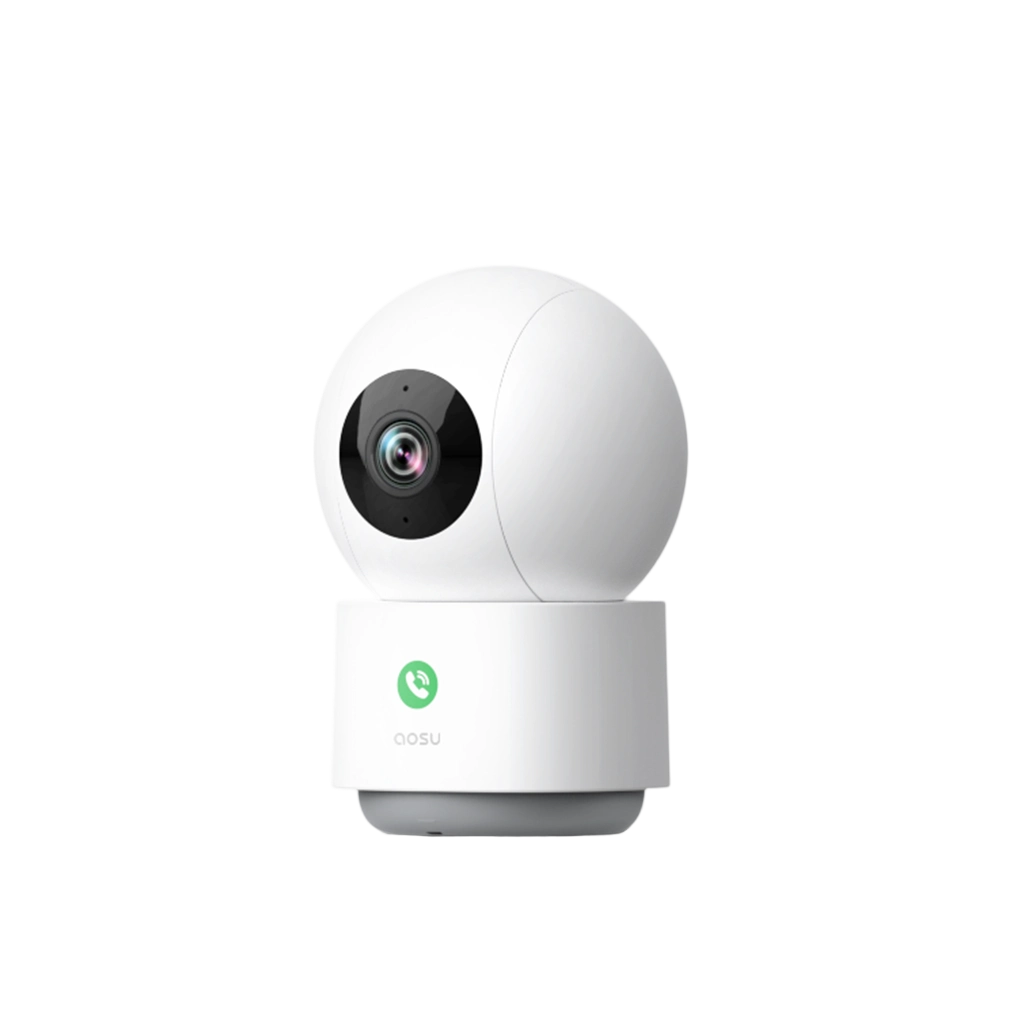
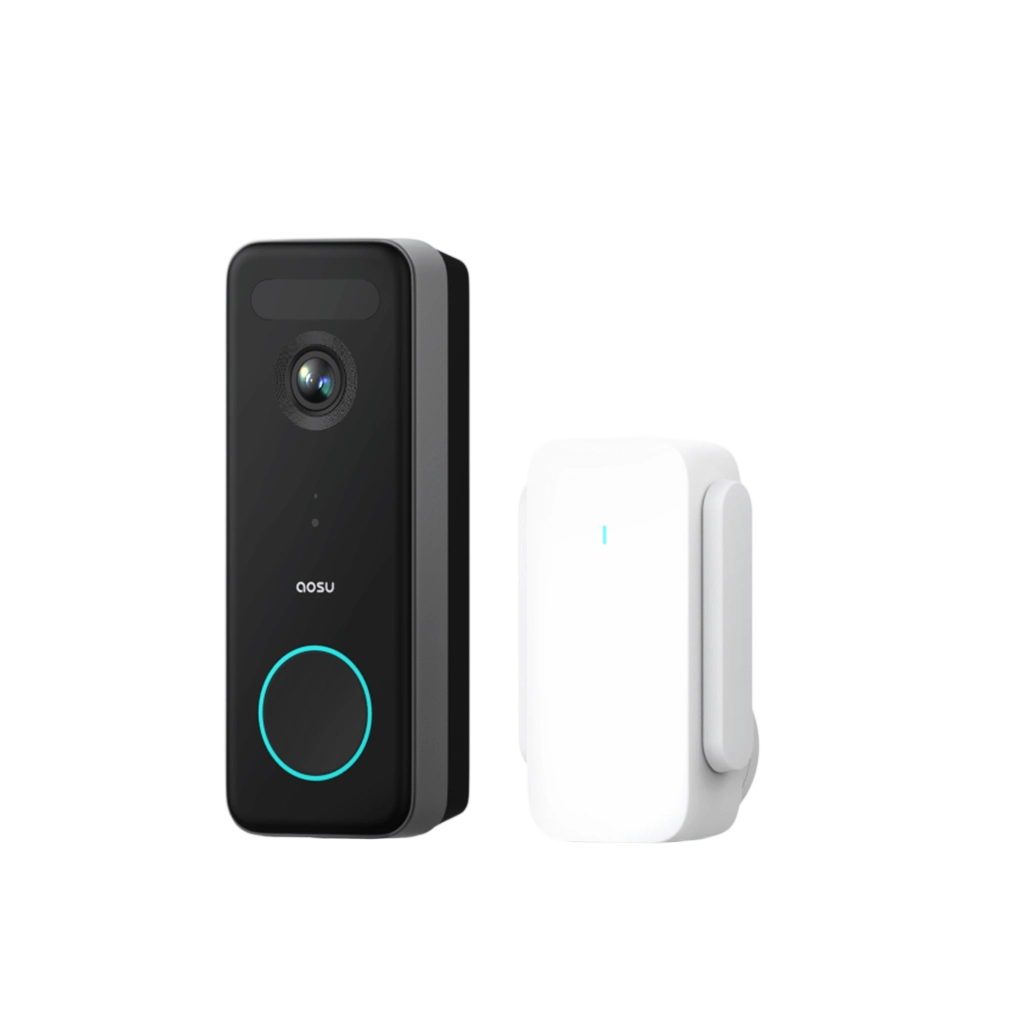
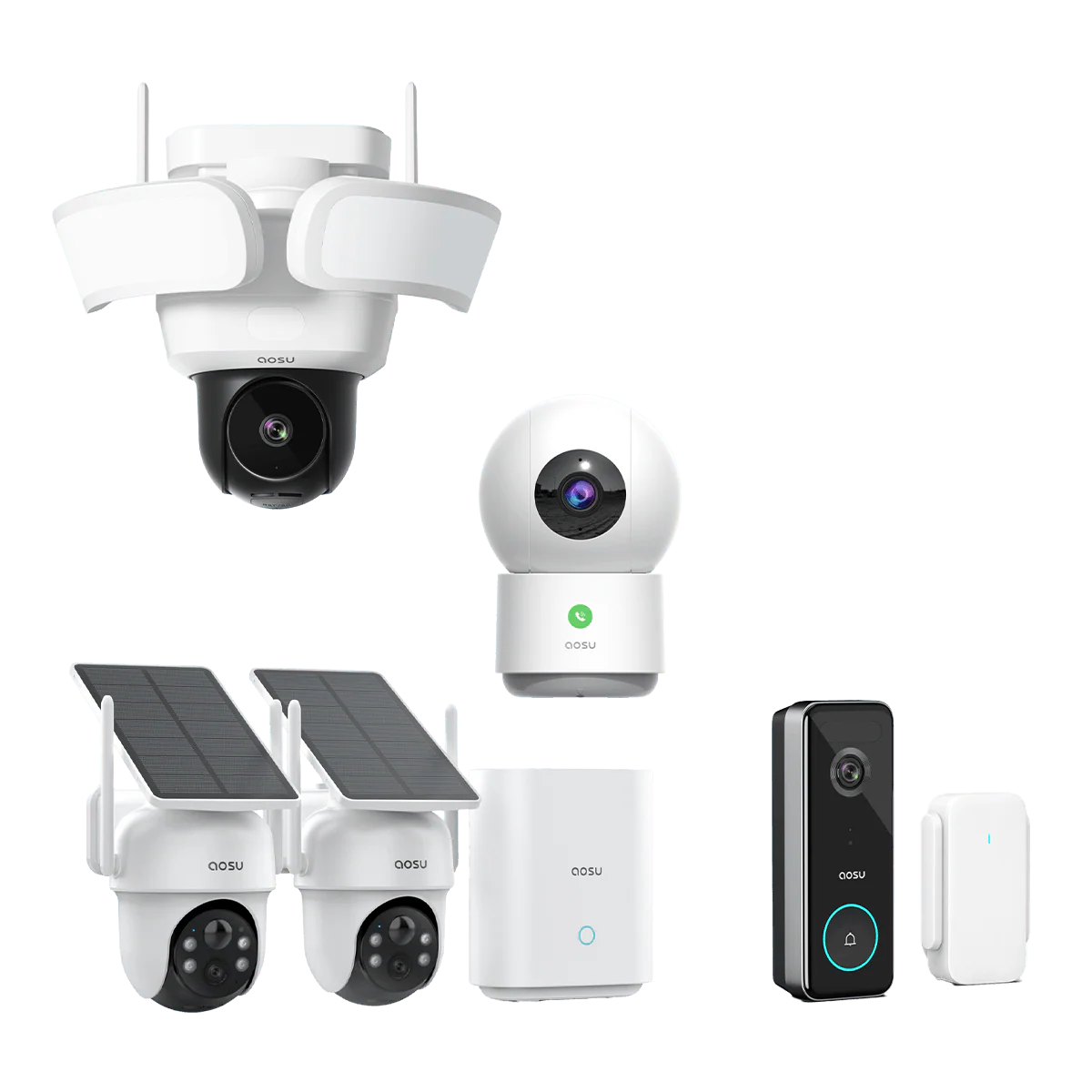
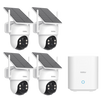
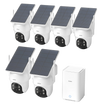


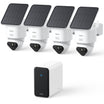
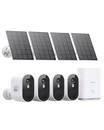
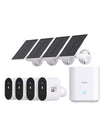
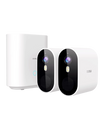
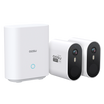
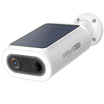
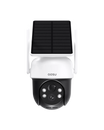
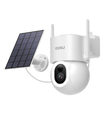
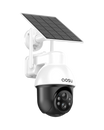
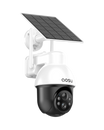
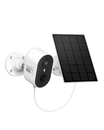
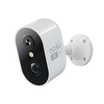
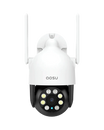
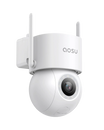
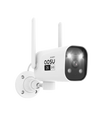
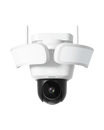
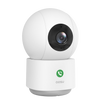
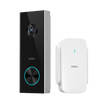
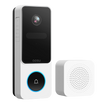
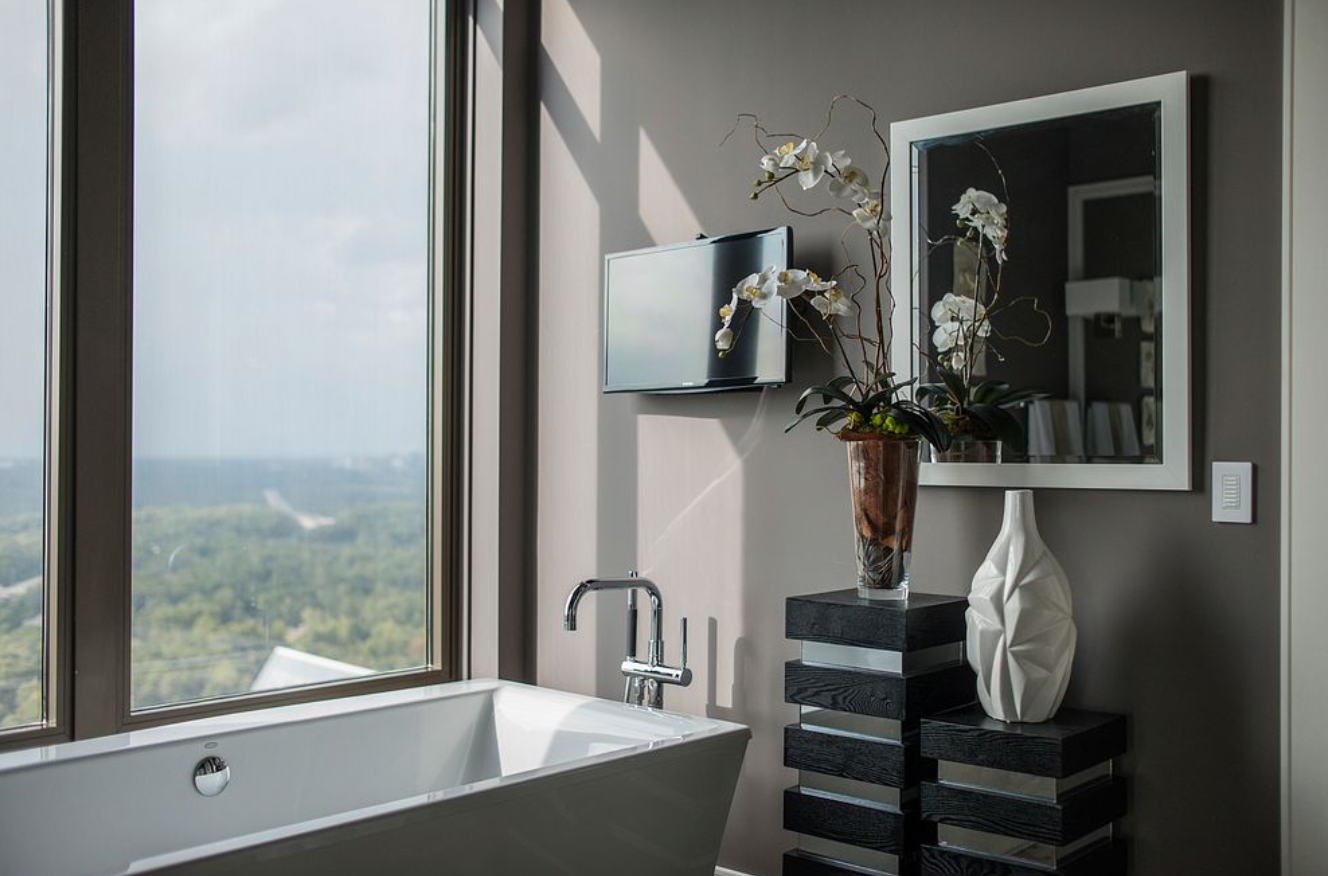

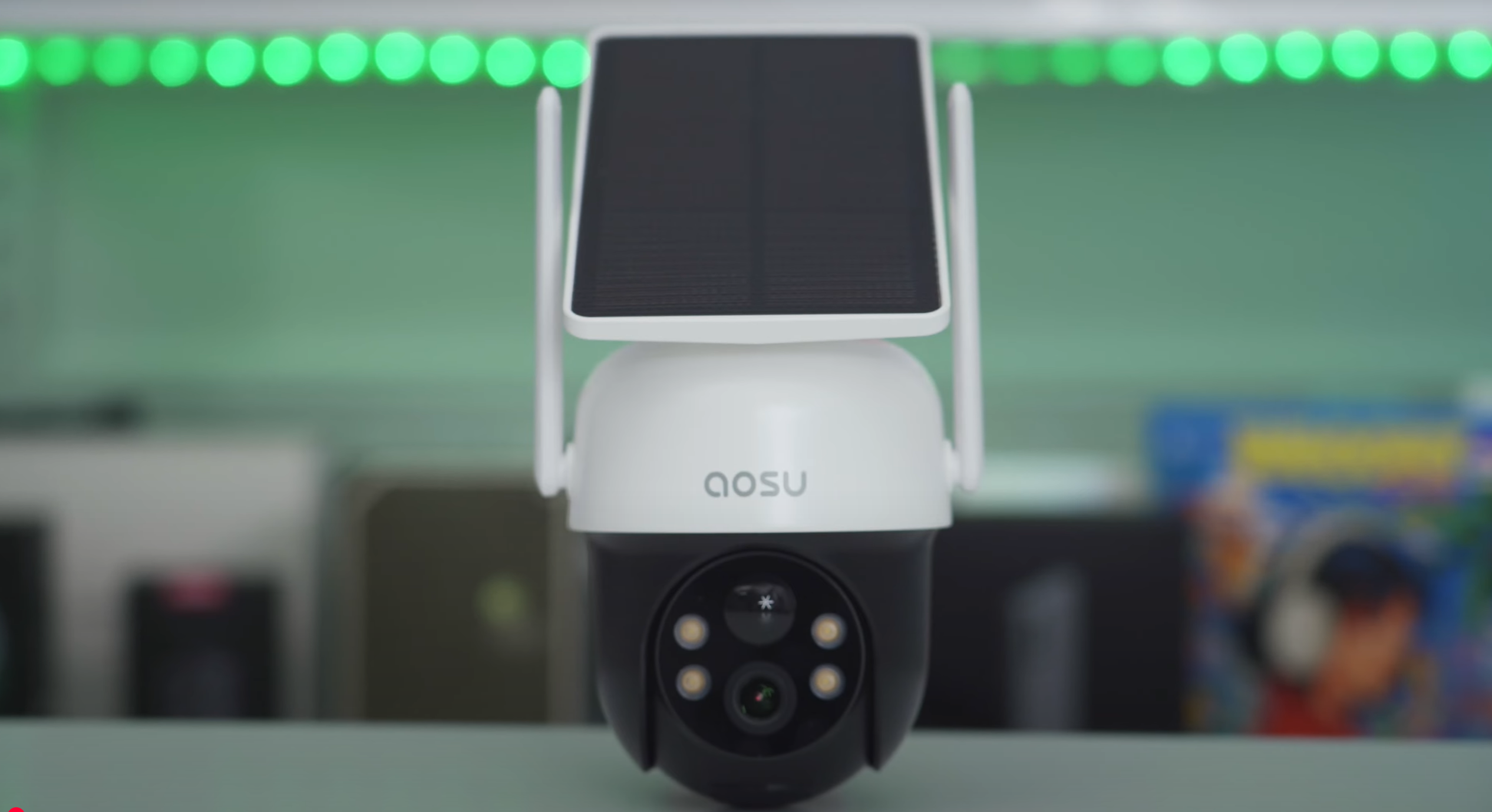

Leave a comment
This site is protected by hCaptcha and the hCaptcha Privacy Policy and Terms of Service apply.